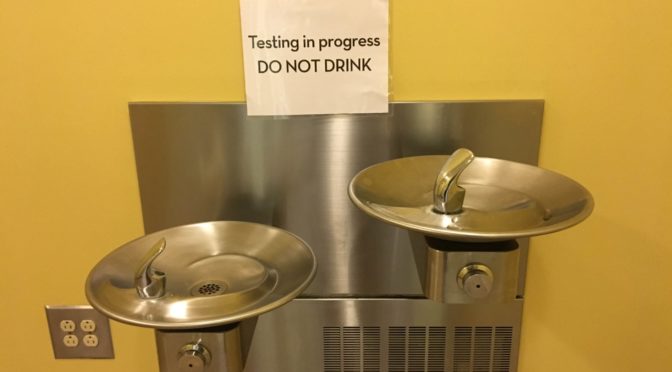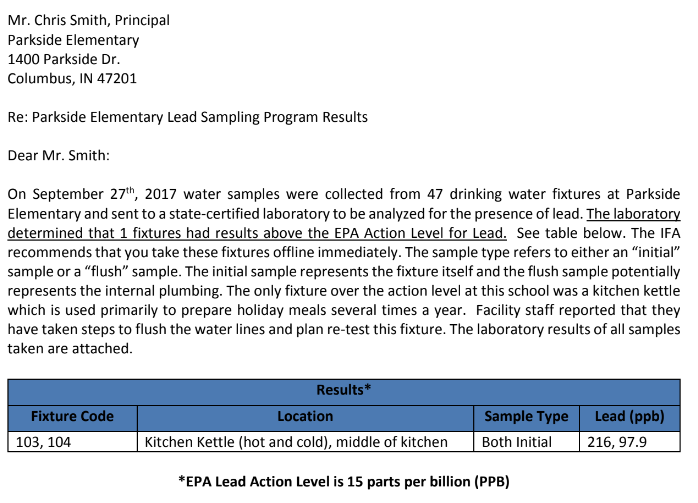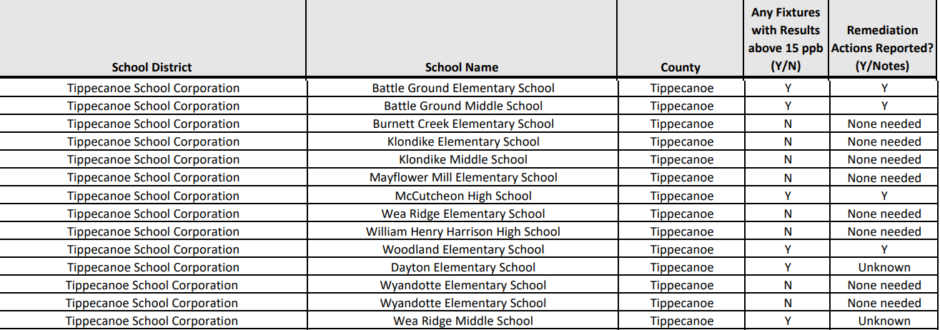We have all heard public officials (elected or appointed) state that they are for transparency.
We have heard candidates for various offices, at all levels of government, claim they want to make government more transparent.
Yet. When these officials and candidates assume their positions, we rarely see any meaningful changes in the policies, procedures, and actions that would constitute increased transparency.
All talk and no action equals bullshit.
Another dimension to this idea are the pro-transparency candidates who lose their respective elections, but then sit on the sidelines, usually in silence, and do nothing that promotes greater transparency of the offices they were running for.
Again. All talk and no action equals bullshit.
In the #opengov community, there is consistent dialogue around the idea of proactive transparency. That is, a public entity running ahead of the Open Door Law (ODL), Access to Public Records Act (APRA), and other similar statutes in Indiana Code that govern the transparency of public entities (which is another area of confusion, which we can explore in a future essay).
Many others, and myself, hear from officials, “But we are following Indiana Code.” or “Indiana Code does not state we need to allow for public comment.” or “Indiana Code doesn’t mandate that meetings are recorded.” or another such excuse.
While although technically correct, this doesn’t mean that offices or officials cannot go beyond the lowest common denominator for transparency and accountability.
An idea I have been advocating for is good governance; ensuring the Public understands the why and the how behind the decisions made in their name.
Some small, yet, impactful changes that can be made to increase transparency if they are not already in practice today:
- Record all public meetings. Work sessions. Regular sessions. Other sessions. Make these recordings available on the Internet and easy to find.
- Post the various board/committee/council packets online and ahead of the meeting.
- Post drafts of minutes as soon as they are available.
- Update and modify operational processes and policies to make commonly requests information instantly available for inspection online.
- Create and post an APRA log on the Internet. Include pertinent information like the name of the requester, company, date, status, and resolution of the request.
- Documents released through APRA should also be posted in an online reading room, allowing other members of Public to inspect the same records.












